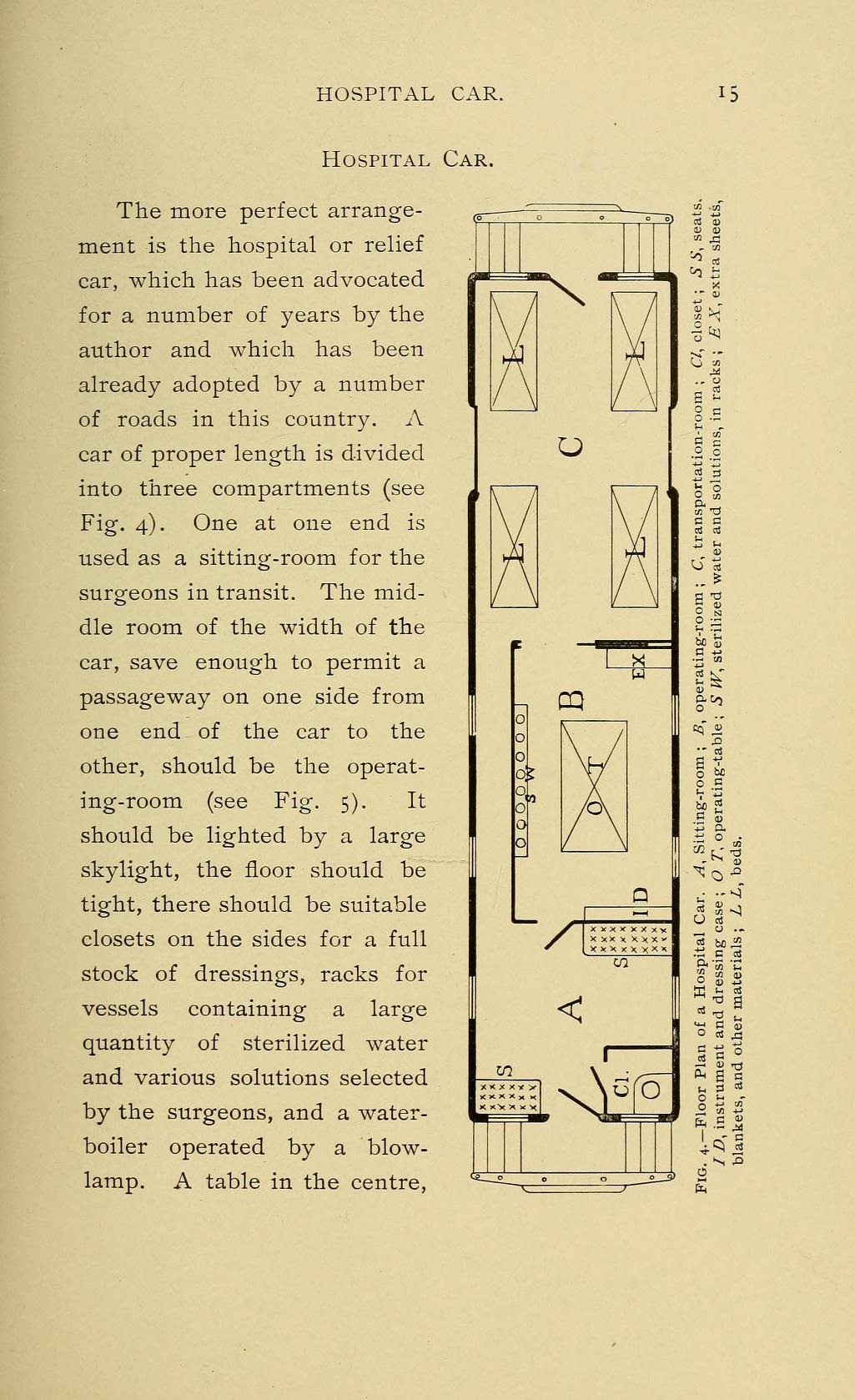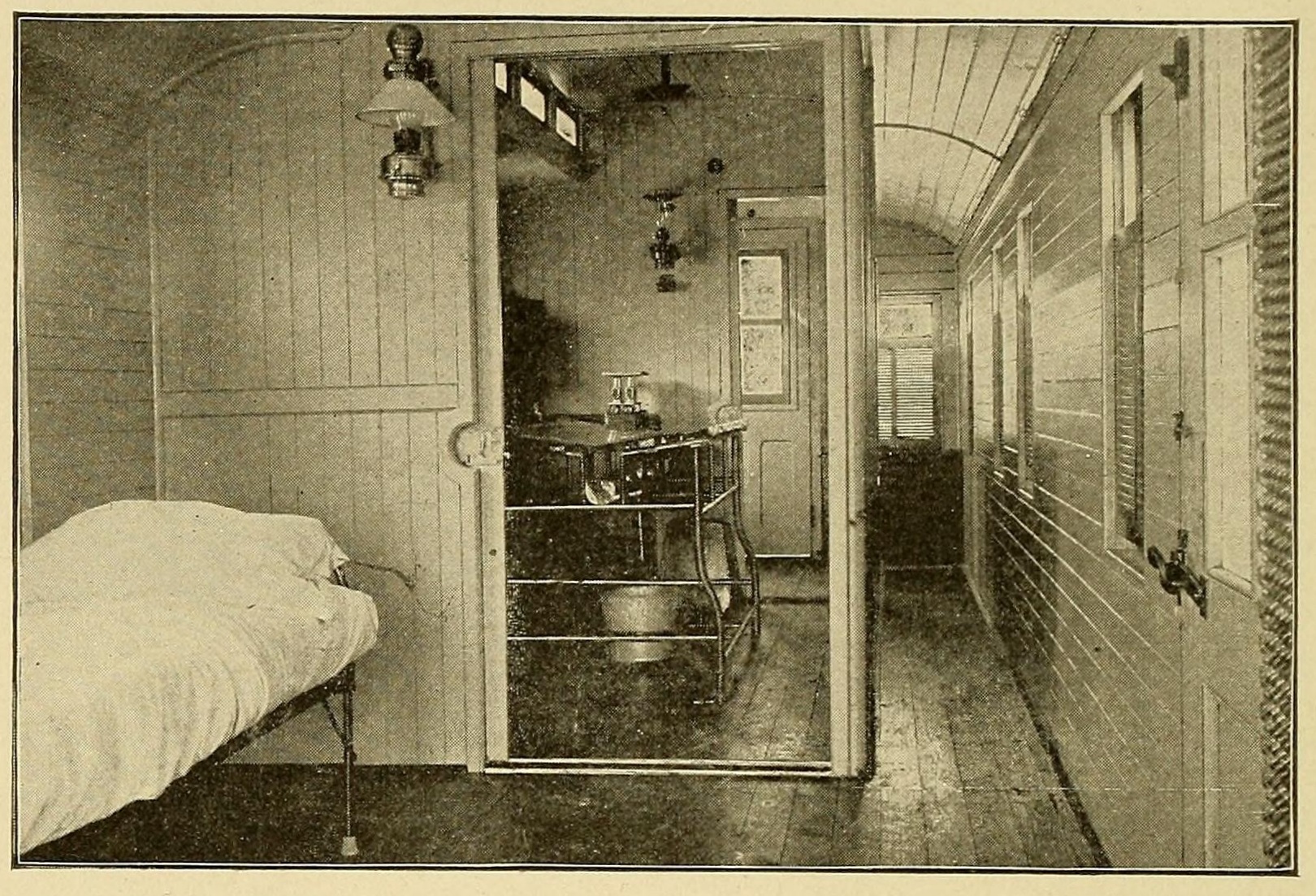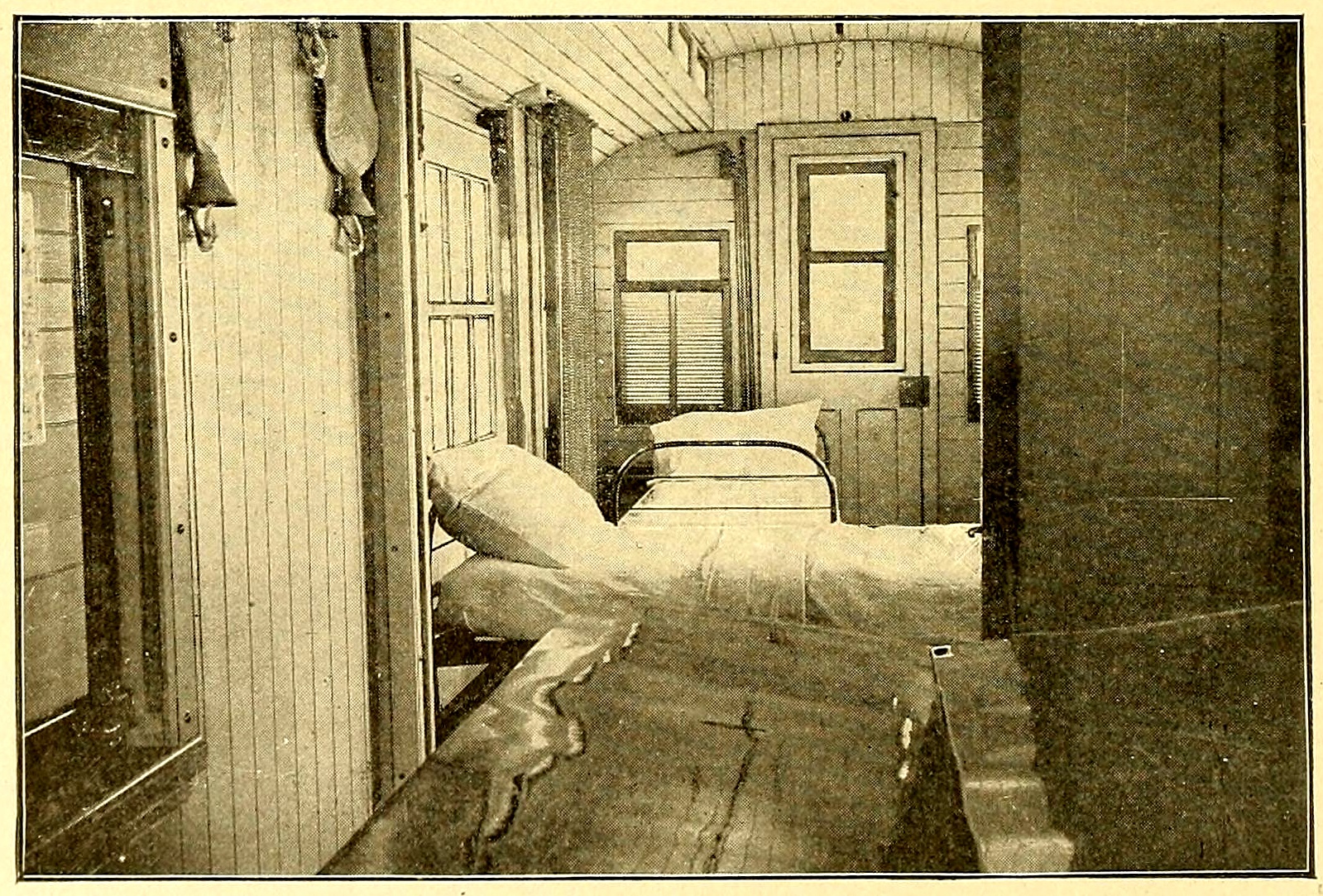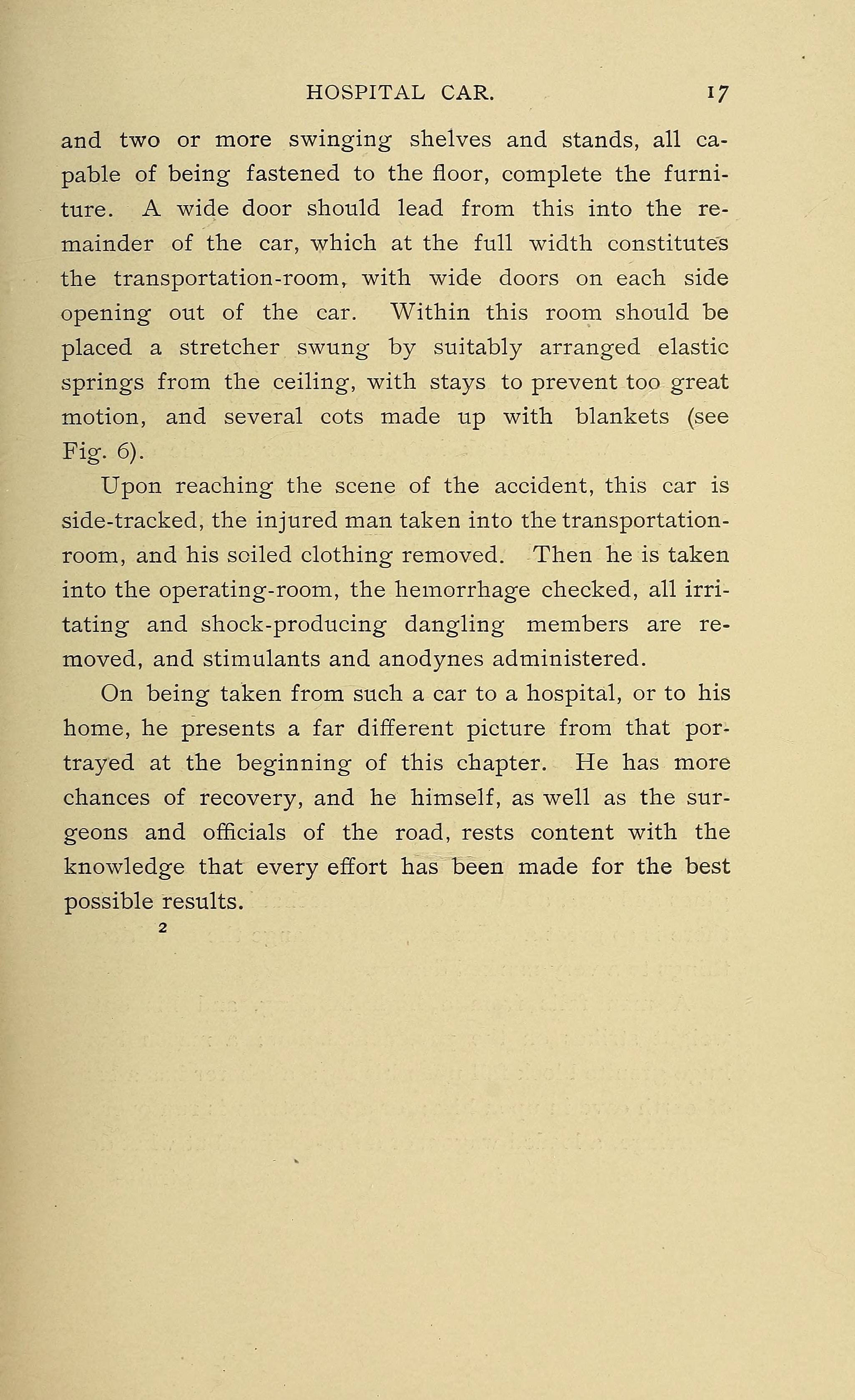A previous post Counterfeit Coins in Berrien County noted the involvement of the Dedge brothers in a rash of fake $10 gold eagle coins appearing in Berrien County, GA in 1910 :
“Dr. J.R. Dedge, a dentist at Nicholls, Coffee county, Ga. and his brother, E. E. Dedge of Milltown, Berrien county, were arrested by United States secret service men and brought to Valdosta to-day, charged with being implicated in the disposal of counterfeiting $10 gold pieces.”
The Dedge brothers, sons of Joseph Gore Dedge and Louvenia Johnson, were John R. Dedge, I.L. “Leb” Dedge, Estill E. Dedge, and Calvin Warren Dedge. They were a family of dentists and doctors who became notorious for questionable and violent dealings. In 1896 Dr. Leb Dedge, D.D. S., was described as “a wild and desperate young white man” after he and Charles J. Medders assaulted a marshal, engaged in an armed stand-off with Dr. Julian and M. M. Knight in court, and led a riot along with Medders, L. Holzendorf, Sam Holzendorf and Charles Holzendorf at Pearson, GA. Dr. Calvin Warren Dedge was shot to death in 1901 by Leon Roberts in an apparent justifiable homicide. Roberts was acquitted on trial, but later murdered by James Dedge, son of C. W. Dedge, who was himself gunned down in by a marshal in Dunnellon, FL.
Dr. John R. Dedge, D.D.S. perhaps gained the widest notoriety of the Dedge brothers. He was born March 11, 1865, a native of Baxley, GA. Dedge lived, worked, and swindled his way across the Wiregrass. He was tried in Valdosta, GA and acquitted on the 1910 charges of counterfeiting. In 1911 he campaigned for governor of Georgia. In the 1920s J. R. Dedge and son, Floyd Dedge, would be tried for the shotgun murder of C. J. Medders at Alma, GA. After two mistrials, Dr. J. R. Dedge was finally convicted of murder in a third trial and sentenced to life in prison, but was freed on appeal to the Georgia Supreme Court after serving only three years. But long before his sensational murder trials, even before he made a 1911 bid for the Governor’s office, Dedge was making headlines. As noted by the Waycross Journal , “It is an off year in South Georgia when Dr. Dedge does not announce some astounding piece of freak work …”
Around 1901 Dr. John R. Dedge, along with Charles J. Medders, hatched a scheme to exhibit a “Wild Man of Central America” Their plan capitalized on a Victorian Era fascination with the exotic that was reflected in pseudo-scientific accounts of “wild men.” Newspapers of the late 1800s and early 1900s had sensationalized stories of primitive humans with horns, reported from history or far away locales. “Human horns are anomalous outgrowths from the skin and are far more frequent than ordinarily supposed,” George Milbry Gould and Walter Lytle Pyle had written in their 1894 book Anomalies and Curiosities of Medicine, in which they described hundreds of cases of horned men. The popular belief in these horned men had been further reinforced by the 1897 work of Army Medical Surgeon J.J. Lamprey, Horned Men in Africa.
Dedge and Medders began their scam with Dedge making a trek to Central America, ostensibly to practice dentistry. The Thomasville Daily Times-Enterprise noted his departure from that city on June 5, 1901:

Thomasville Dailey Times-Enterprise
June 5, 1901
Dr. Dedge left here yesterday for New Orleans and thence to Hot Springs for a month’s stay, after which he will go to Central America to practice dentistry. Dr. Dedge is one of the most skillful men in the profession.
At Hot Springs, Dedge submitted his application for a U.S. passport to go abroad, in which he stated:
I solemnly swear that I was born at Baxley, Ga in the state of Georgia, on or about the 11 day of March 1865; that my father is a native citizen of the United States; that I am domiciled in the United States, my permanent residence being at Waycross, in the State of Georgia, where I follow the occupation of practicing Dental Surgery; that I am about to go abroad temporarily; and that I intend to return to the United States, with the purpose of residing and performing the duties of citizenship therein. Further, I do solemnly swear that I will support and defend the Constitution of the United States against all enemies, foreign and domestic; that I will bear true faith and allegiance to the same; and that I take this obligation freely, without any mental reservation or purpose of evasion; So help me God.
J. R. Dedge, D.D.E.
Dedge’s description was given as 36 years of age, six feet one inches tall. He had a thin face with a light complexion, high forehead, black hair, dark eyes, regular nose, medium mouth, and round chin.

The real purpose of Dedge’s trip to Central America may have been twofold. First, in a precursor to his later counterfeiting schemes, it appears that Dedge obtained a large number of Honduras silver pesos while in Central America. These Honduran coins matched U.S. silver dollars in size, but were worth less than 50 cents in exchange. Dedge’s agents would later pass the foreign coins on unsuspecting Wiregrass merchants.

Second, the excursion to the little known region gave a plausible explanation for Dedge’s introduction of the “Wild Man of Central America.”

Calvin Byrd was billed as the Horned Man of Central America, 1902.
When Dr. John R. Degde returned from Central America and announced his discovery of a man with horns and tusks, the story made a sensation in newspapers all over the country.
Atlanta Constitution
March 8, 1902
HAS HORNS LIKE A GOAT: TUSKS LIKE AN ELEPHANT
Waycross, Ga., March 7. -(Special Correspondence.) – Dr. J. R. Dedge, of this city, has just received from Central America one of the greatest natural curiosities ever seen in these parts, and the presence of the freak in our town has created widespread interest.
This freak is a man with two well-developed horns, similar in appearance to the horns of a goat, growing out of the top of his head and turning slightly back, with about the same angle and curve as goat’s horns. He also has two prominent tusks protruding from his mouth, extending probably 2 inches from his gums. They grow out in the place of eye teeth.
The man resembles the North American Indian in appearance very much, being probably a shade darker in color. His father is said to be an American negro and his mother an Indian of the Black Hawk tribe. He has long jet black hair, a piercing eye, but seems rather stupid. He is 6 feet high, weighs 190 pounds and is said to be 23 years old. In every respect, except the deformities mentioned, he seems to be a perfect specimen.
This freak of nature is said to be the result of a fright his mother received, and the horns and tusk represent the goat and the elephant. She was attending a circus one day, when in passing too near one of the goats, it jumped upon her, butted her to the ground and came near killing her. In the scuffle with the goat she got almost into an elephant’s mouth, being right under the monster beast’s tusks. When the child was born it had horns of a goat an in place of its eye teeth came tusks probably 3 inches in length protruding fully 2 inches from its mouth. The horns measure about 5 inches in length.
It is said the man speaks both English and Spanish fairly well, but can be induced to talk but very little.
Dr. Dedge secured him from his parents. The freak was born in Mississippi, but was reared in Central America.
 Despite the apparent medical skill with which this fraud was perpetrated, not everyone was convinced by Dedge’s story. Noting a proliferation of wild tales from Waycross, GA The Dahlonega Nugget commented on the horned man , “Editor Greer, of the Waycross Journal, has discovered a bull frog with feathers on it. Dr. Dedge, of the same town, recently brought out a horned man, while the numerous jugs shipped into the place have created a whole museum full of boa constrictors, anacondas, and other monster reptiles.”
Despite the apparent medical skill with which this fraud was perpetrated, not everyone was convinced by Dedge’s story. Noting a proliferation of wild tales from Waycross, GA The Dahlonega Nugget commented on the horned man , “Editor Greer, of the Waycross Journal, has discovered a bull frog with feathers on it. Dr. Dedge, of the same town, recently brought out a horned man, while the numerous jugs shipped into the place have created a whole museum full of boa constrictors, anacondas, and other monster reptiles.”
Even with the elaborate build up by Medders and Dedge, their “Wildman of Central America” fraud, along with the plot to pass off Honduran pesos as silver dollars was exposed in less than a week. The story first appeared in the Atlanta Constitution, and a few days later more detailed coverage was reported in the Waycross Weekly Herald, March 22, 1902:

Waycross Weekly Herald
March 22, 1902
Waycross Freak Exposed
The “Horned Wild Man” Comes To Grief in Valdosta.
Valdosta, March 14 – The horned wild man from South America, via Waycross, came to grief in this city this morning and one of his managers may have to face the charge of cheating and swindling, in that he has been passing silver dollars from Honduras for Uncle Sam’s coin, the Honduras money being worth less than half of the American.
The story of grief began last night when the policemen arrested the wild man himself for discharging his pistol in the neighborhood of California hall where the negroes were having an entertainment. The wild man, whose name was placed upon the police docket this morning as Calvin Byrd, went out on the town after his performance and was picked up by the policemen a little later for having fired his pistol on the streets. The arrest disclosed one of the cleverest fake freaks that has appeared in this section in a long time.
Byrd is an ordinary ginger-cake colored man and weighs about 160 pounds. He has had an incision made in his scalp and a thin piece of metal slipped under the skin. This piece of metal was attached to two knob screws about half an inch long and the horns were screwed to these little knobs for exhibition, give an appearance as though the horns grew from his head. His eye-teeth were gold-mounted and fixed so that the long tusk could be fastened to them so as to appear to be growing from the gum.
Byrd professes to know nothing of how the operation was performed on his head, and says that it was done while he was sick with fever. The incision has entirely healed up, though the place is still sore. Byrd came here from Waycross with a couple of men from there, one of them said to be a dentist. A week ago all the papers of the state had a sensational story of the great horned wonder.
The man who was arrested for passing the Honduras dollars gives his name as J. C. English. It is said that he has several hundred dollars of the money and passed them on a number of people here. The amount of the coin which he is said to have had with him gave ground to the belief that he was engaged in a swindling game – on money as well as with the freak.
In the same edition of the Waycross Weekly Herald, frontman J.C. English told his side of the story:

Waycross Weekly Herald
March 22, 1902
J. C. English Explains.
The Man Arrested For Passing Honduras Dollars Has His Say.
Below we publish a statement from J. C. English. A notice of Mr. English’s arrest, last Friday, in Valdosta, was published in Saturday’s Herald. He was tried before a special session of the City Court of Valdosta Saturday afternoon and convicted of cheating and swindling. The fine and cost in the case amounted to $56. Mr. English paid the amount and was released and returned to Waycross Sunday morning. Following is Mr. English’s statement:
Waycross, Ga., March 17, 1902.
I, J. C. English, the man that was arrested in Valdosta on the charges of passing Honduras dollars as Uncle Sam’s coin and cheating ans swindling, and as having hundreds of the coins in my possession, state that the charge is false. Therefore I desire to explain the whole thing fully to the public, and will truthfully do so.
Mr. Elias Howell is the man who had full charge of the said Calvin Bird and everything pertain to the concern, even to the Honduras dollars mentioned, and kept them in his possession in a large leather grip, and he took it with him all the time, to boarding places, etc. I did not own any interest in either tent, negro, coins, or anything else pertaining thereto. I was only employed by Dr. J. R. Dedge to go with Mr. Howell and act as door keeper and talk on the outside to the people for him for so much per day and railroad and hotel expenses paid; and as to my passing the coins across the counters as Uncle Sam’s money, I deny the charge. I did not do anything of the kind, and can safely say that if any of the Honduras coins were put across the counters that Mr. Howell is the man that passed them, and not I, and his manner of acting is almost full proof of it; for he left me in the night-time without letting me know anything of his leaving, which in my belief is sufficient evidence that he was uneasy about his doings and afraid to remain in town for fear that he would be dealt with, therefore he left me there to be accused and dealt with for his misdemeanors. J.C. ENGLISH.
[The Herald felt satisfied from the first that Mr. J. C. English had not been guilty of the charges made against him at Valdosta, and is pleased to publish the above statement from him.]
Despite this setback, it appears that Dedge and Medders were not deterred. It is said that they amassed a fortune touring the country to exhibit their horned man, variously billed as the “Wild Man of Central America,” “Wild Man of the Okefenokee,” “Wild Man of Africa,” or “Wild Man of Borneo.”
Calvin Byrd’s part in the story continued when he surfaced at a Syracuse, NY hospital.

Waycross Journal
August 26, 1902
Wild Man from Borneo Again
He turns up at Syracuse N. Y. and Wants Horns Removed.
Calvin Bird, the “wild man from Borneo” who started his career from Waycross some months ago and ran amuck at Valdosta a few days later, has again come to the front, this time at Syracuse, New York.
Dispatches from that city say that Calvin Bird, a negro who hails from Pearson, Ga., and who has been touring the country with side shows ans circuses as the “Wild Man of Borneo,” appeared at the Hospital of the Good Shepherd today and informed the house surgeon that he had come to have his horns removed. The physician was somewhat amazed at first, but upon noting the earnestness of the man, made an examination of his head.
Under his scalp was found that a silver plate had been inserted, in which stood two standards. On these standards, when he was on exhibition, Bird had screwed two goat horns, and thousands of people have paid admission to see his horns and hear him bark.
Bird says he met a doctor in Central America who took him to the hospital in Pearson [GA] and had the plate inserted, first giving him an anaesthetic, and when he awoke he found the plates in his scalp, with two horns protruding. The plate will be removed tomorrow morning. The operation, the doctors say, will be a simple one.
In 1905, the Syracuse Journal of New York state reported once again on the “Wild Man from Borneo.”

The Syracuse Journal
Syracuse, NY
January 4, 1904
“Wild Man” is Better
Although a diligent search has been made by the police for James Woods, the negro, who it is alleged stabbed Calvin Bird, the “Wild Man from Borneo,” in the Oriental hotel last Saturday morning, no trace of him has been found.
It was stated at St. Joseph’s hospital that Bird’s condition has improved and it is expected that he will be discharged in a few days.

















